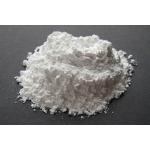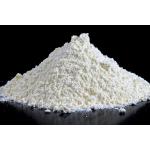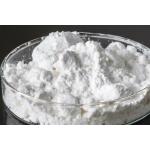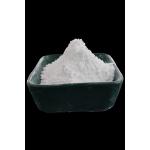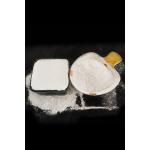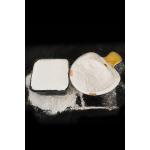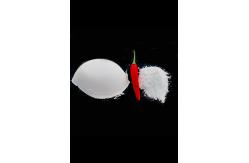Product DescriptionMagnesium oxide (MgO), with the chemical formula MgO, is an
inorganic compound that appears as a white solid at room
temperature. It boasts a high melting point, high boiling point,
and excellent insulating properties, making it a typical alkaline
earth metal oxide. Magnesium oxide exists naturally in the form of
periclase and is an important raw material for magnesium metallurgy
(or oxide production). Specification Parameters (Table)| Parameter Name | Value |
|---|
| Chemical Formula | MgO | | Appearance | White, loose powder | | Density | 3.58 g/cm³ (at 25℃) | | Molecular Weight | 40.30 | | Water Solubility | 6.2 mg/L (at 20℃) | | Melting Point | 2800℃ | | Boiling Point | 3600℃ | | CAS Registry Number | 1309-48-4 | | EINECS Registry Number | 215-171-9 |
Characteristics- Strong Chemical Stability: It maintains its chemical stability at high temperatures and is
resistant to decomposition or deterioration.
- Non-toxic and Harmless: It is non-toxic and harmless to humans and the environment,
without generating harmful substances during use.
- Renewable: It is a renewable resource that can be recycled through natural
reactions.
- High Insulation: It exhibits excellent insulating properties, suitable for the
electronics industry.
Advantages- Enhanced Product Performance: Used in building materials such as glass and ceramics, it
improves product quality and performance.
- Environmental Applications: It can be used in wastewater treatment, flue gas desulfurization,
and soil remediation, contributing to environmental protection.
- Biomedical Applications: In the medical field, magnesium oxide serves as an antacid
ingredient to relieve discomfort caused by excessive stomach acid
secretion.
Application Fields- Industrial Applications: Used in the manufacture of fireproof boards, fireproof coatings,
refractory bricks, and other fireproof materials, as well as
catalysts, desiccants, and adsorbents.
- Agriculture and Chemical Industry: Used in the production of fertilizers, pesticides, and dyes,
enhancing product quality and performance.
- Electronic Components: As a packaging material for electronic components, it improves
their stability and reliability.
- Biomedicine: Used in the manufacture of artificial bones, teeth, and other
medical devices, with good biocompatibility and antibacterial
properties.
Production TechniquesMagnesium oxide can be produced through various methods, including
the carbonation process, calcination of magnesium hydroxide, soda
ash process, and ammonium bicarbonate process. The choice of method
often depends on the specific needs and characteristics of
downstream industries. For example, the carbonation process can
produce lightweight magnesium oxide, while the calcination of
magnesium hydroxide can produce high-purity magnesium oxide. Theory (Background)Magnesium oxide consists of Mg²⁺ ions and O²⁻ ions bound together
through ionic bonds to form a crystal lattice. At high
temperatures, magnesium oxide exhibits excellent physical and
chemical stability, making it a model system for studying crystal
vibration characteristics. Additionally, magnesium oxide is widely
regarded as the most effective metal stabilizer compared to
silicate cement, lime, and others due to its superior buffering
capacity, cost-effectiveness, and ease/safety of operation. ServicesMagnesium oxide enterprises should establish an application
technology department with professional technical service
personnel. These personnel should possess extensive knowledge and
experience in production processes, technology, and magnesium oxide
applications, enabling them to provide professional technical
support and solutions to customers. Packaging and StorageMagnesium oxide should be stored in a cool, well-ventilated
warehouse, avoiding direct sunlight and high temperatures. The
warehouse should be kept away from fire sources and heat to prevent
magnesium oxide from undergoing chemical reactions or fires due to
high temperatures. The packaging of magnesium oxide should be
intact to prevent leakage, damage, or dropping during
transportation. According to the HG/T 2573-2012 standard, the
packaging of industrial light magnesium oxide must comply with
specific regulations. Preventive Measures- Industrial Protection: Operators should wear appropriate personal protective equipment,
such as dust masks, chemical safety goggles, breathable work
clothes, and rubber gloves, during industrial use.
- Medical Monitoring: When using magnesium oxide preparations in the medical field,
they should be used as prescribed by a doctor to avoid long-term or
excessive use, which may cause harm to the human body.
- Environmental Monitoring: During storage and transportation, clear emergency response plans
should be in place to address potential leaks or other emergencies.
|
